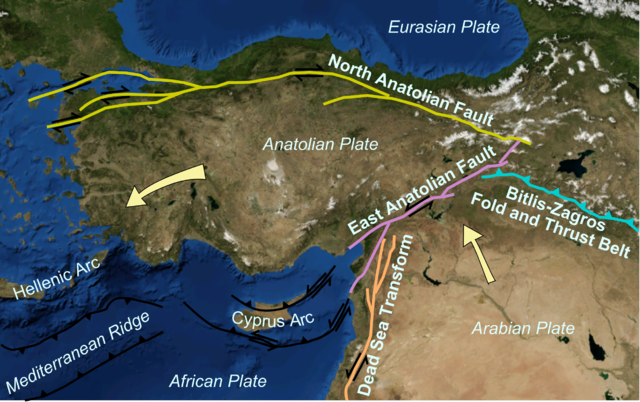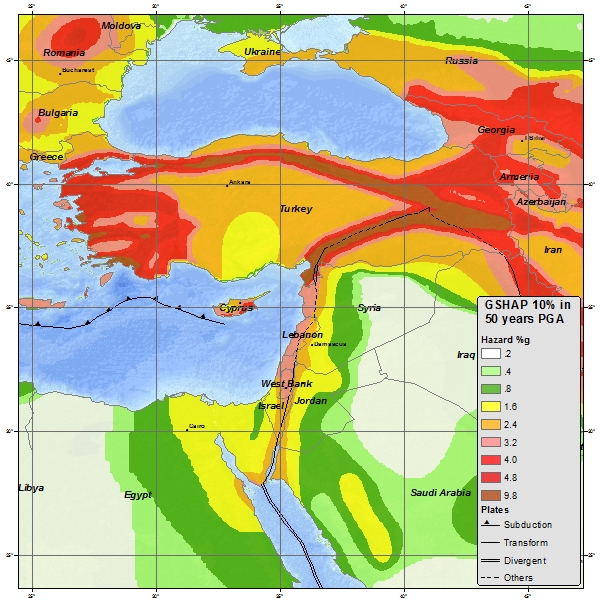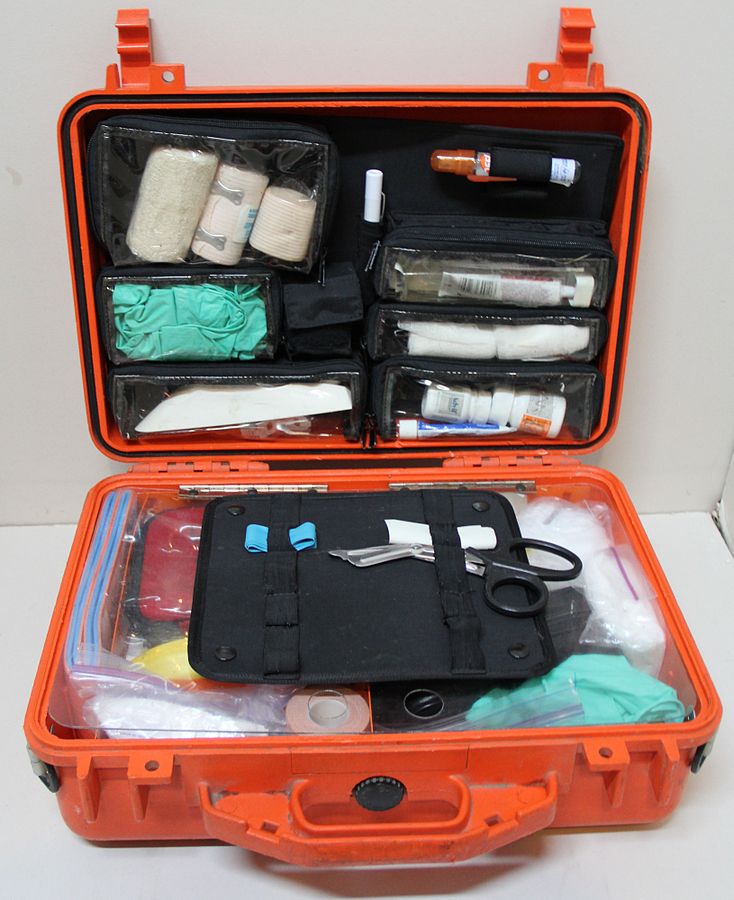With all the disturbing events in the news recently, it is easy to forget the more mundane, boring threats of life: pickpockets in Taksim, airplane ticket scams online, the very real possibility of death by taxi in Mecidiyeköy – and earthquakes, a constant possibility for all who call this beautiful country home. Turkey is a highly geologically active area, resting at the convergence point of four separate tectonic plates: the African plate, the Anatolian plate, the Arabian plate, and the Eurasian plate. The North Anatolian fault line is the closest fault to Istanbul, and geologists expect that this fault is due for another big quake before 2030. And while there is no way to prevent an earthquake, there are a few easy things we can all do to be better prepared when the ground starts to move.

WHEN THINGS START SHAKING
First and foremost, don’t panic. Because predicting the most structurally sound part of a building before an earthquake occurs is almost impossible, the best thing to do as soon as the shaking starts is to drop to the ground, get under the nearest desk, table, or sturdy chair, and hold the piece of furniture so it does not slide away from you. The greatest dangers during an earthquake are building collapse and falling/flying objects – getting on the ground and covering yourself with a piece of furniture can protect you from both. If you happen to be outside when an earthquake hits, stay close to the ground and try to get to an area out of the range of falling objects such as windows, signs, and electrical poles.
KNOW YOUR BUILDING
The largest recent earthquake in Turkey was the 1999 Izmit earthquake, killing roughly 17,000 people and destroying thousands of homes. The severity of this event led to new policy measures for building construction, and theoretically created a significantly safer development plan. However, while living in a building built after 1999 does increase the likelihood that it is earthquake safe, it is not a guarantee. According to citylab.com, critics of the new earthquake-safe development plan claim that this plan is little more than a glorified gentrification project. Further, they point out that the city’s green spaces, which are rapidly disappearing due to development, are a loss of much-needed disaster relief zones. With all the confusion, it can become very difficult to know if you are living in a truly earthquake safe building.

KNOW YOUR NEIGHBORS
When living in an apartment, being neighborly and courteous is more than just a way to avoid annoying confrontations over noise levels. In the event that your building is damaged during an earthquake, knowing whom you can depend on – and knowing that there is someone who will make sure you are safe and will receive help if necessary is invaluable. In addition to this, it’s a good idea to know your neighborhood. Knowing where nearby parks, squares, and open recreation areas are can be useful in an emergency, as these types of places are often used for disaster relief.
MAKE AN EARTHQUAKE KIT
As someone who grew up within a few miles of the San Andreas fault in California, I have noticed that the advised contents of an earthquake kit can range from packing for a day at the beach to preparing for a full-on nuclear genocide. To cut through some of the confusion, here is a reasonable list of items and tips to keep yourselves prepared, as recommended by the American Red Cross.
- Water – as always, this is the most necessary and indispensible item of any preparedness kit. There should be enough water in your kit to last for three days. How much you pack will depend on the size of your family and/or the number of people you plan to provide water for, but it’s best to pack one gallon for each member of your house, per day. So, if your kit is intended to support two people, for three days, it should contain six gallons of water.
- Canned/packaged food and candy – Again, consider the number of people you want your kit to support, and pack three days’ worth of food accordingly. Why candy? People suffering from shock (situational shock, not shock due to blood loss) can be aided by sugar. IMPORTANT: Do not be the person who packs canned foods and forgets a can opener.
- Flashlights and extra batteries
- Any medications taken by you or others who the kit will support
- Pet supplies – don’t leave your little guy stranded!
- Sanitary items – disinfectant, wet wipes, antibiotic ointment, tampons, etc.
- A copy of your passport
- Extra cash

- First aid kit – you can buy these pre-prepared online, or you can make your own, with items found at your local Eczane. Just make sure to store them in an easy to carry container. The most crucial items are:
- Bandaids (all sizes)
- Latex gloves
- Gauze roll (preferably the self-adhesive kind)
- Antiseptic cleaning wipes
- Gauze dressing pads
- Scissors and tape
- Painkiller medication
- A change of clothing – this is not as necessary as the other items in your kit, so if you cannot find a place to put extra clothes, at least pack an extra pair of socks, underwear, and a sweatshirt or scarf for everyone.
So, where should all of this go? The best option is a large athletic backpack, such as the type that hikers and backpackers use. You can order these online, or find a wide, reasonably priced variety at athletic stores throughout Istanbul. Alternatives to a large backpack are smaller, individually sized backpacks, large purses, or light suitcases – the key point is to pack your items in something that can be carried relatively easily. Equally important is to put your kit in an easily accessible place – it won’t be much help to you if it’s buried under debris in the back of your closet.
I know, all of this sounds like a hassle. But given the history of earthquakes in Istanbul, and the likelihood that another one will strike sooner rather than later, your future self might just thank you for being on top of your game early.
Janine Rich is a contributor for Yabangee.
Have other tips for earthquake preparedness? Let us know in the comments!
This article was originally published on August 5, 2015, by Janine Rich.










A whistle to tell you’re still under the debris.
& plastic trash bags for toilet liners: if water pipes break & plumbing won’t work, prevent potential illness & infection by confining & containing excrement. Yucky, but important.
Good article, Ms. Rich.
We just had a session at school. It was recommended to to lie hunched next to a sofa or such. Not to go under a table etc… akut are the ngo in Turkey who gave us training.they have a fb and website. They recommended having a prearranged meeting point for family/friends after the quake.
[…] 28. Finally get around to preparing an earthquake bug-out bag. […]
I will follow you with appreciation of your successes.